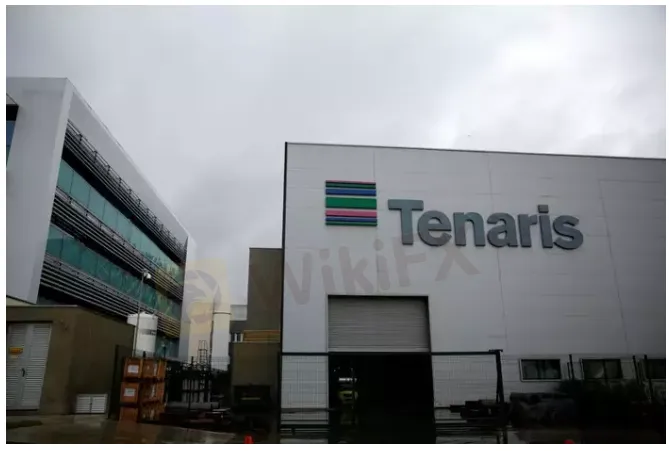简体中文
繁體中文
English
Pусский
日本語
ภาษาไทย
Tiếng Việt
Bahasa Indonesia
Español
हिन्दी
Filippiiniläinen
Français
Deutsch
Português
Türkçe
한국어
العربية
Tenaris sees higher sales ahead after steely Q1 results
Abstract:Core profits at steel pipe giant Tenaris more than tripled in the first quarter, as higher prices for oil country tubular goods (OCTG) in the Americas and higher shipments of line pipe in Europe and South America spurred a rise in sales.

Steel pipe producer Tenaris forecast a further rise in sales in the second quarter driven by the Middle East and South America, after revenue doubled in the first three months from a year earlier.
The company, which makes seamless and welded steel pipes for oil and gas exploration activities, said in a statement late on Wednesday its first-quarter core profit more than tripled thanks to higher prices for oil country tubular goods (OCTG) in the Americas and higher line pipe shipments in Europe and South America.
Earnings before interest, tax, depreciation and amortization (EBITDA) came in at $627 million in the January-to-March period, up 220% from $196 million a year earlier, Tenaris said.
That includes severance charges of $12 million linked to the winding down of the groups industrial equipment business in Brazil and its NKKTubes joint venture.
The core profit margin stood at 26.5%, up from 23.5% in the previous quarter, as higher prices offset a surge in energy and raw material costs.
By 0725 GMT, Milan-listed shares in Tenaris were up 2%, outperforming a 1% rise in Milans All-Share index.
Analysts at Barclays said in a note the rise in the EBITDA margin, which touched a level last seen in 2014, was “an impressive mark supported by increased North America drilling activity and a notable pickup in offshore activity”.
The steel pipe maker added in the statement that it also expects a positive free cash flow for the second quarter, reversing the trend of the last four quarters, as well as stable margins and higher sales in the last half of the year.

Disclaimer:
The views in this article only represent the author's personal views, and do not constitute investment advice on this platform. This platform does not guarantee the accuracy, completeness and timeliness of the information in the article, and will not be liable for any loss caused by the use of or reliance on the information in the article.
Read more

How to Use Retracement in Trading
Understanding retracement is essential for strategic trading. In today’s article, we will focus on the retracement is a temporary, short-lived pullback in the price of a financial instrument, like a stock or an index, that occurs within a larger, established trend. Think of it as a brief pause or a correction before the market continues its original movement. Unlike a trend reversal, which signals a fundamental shift in direction, a retracement represents a temporary deviation that doesn't jeopardize the long-term trend.

What Is Indices in Forex? A Beginner’s Guide to Trading Forex Indices
Understand what indices in forex are, how DXY works, key differences vs pairs, pros/cons, and where to trade CFDs—beginner-friendly, expert-backed guide.

Malaysian Finfluencers Could Face RM10 Million Fine or 10 Years in Prison!
A new regulatory measure by the Securities Commission Malaysia (SC) is set to change the country’s online trading and financial influencer landscape. Starting 1 November 2025, any trader or influencer caught promoting an unlicensed broker could face a fine of up to RM10 million, a prison sentence of up to 10 years, or both.

Juno Markets: A Closer Look at Its Licenses
When selecting a broker, understanding its regulatory standing is an important part of assessing overall reliability. For traders seeking to protect their capital, ensuring that a platform operates under recognised and stringent oversight can make all the difference. Keep reading to learn more about Juno Markets and its licenses.
WikiFX Broker
Latest News
Scam Alert: Know the Risky Side of InstaForex in India
Going to Invest in FXCL? Move Back to Avoid Scams & Losses
What Is Forex Trading Fee? A Beginner’s Guide
Understanding UAE’s Financial Market Regulation: SCA and DFSA
What Is Indices in Forex? A Beginner’s Guide to Trading Forex Indices
FBI Issues Urgent Warning on Crypto Recovery Scams
Robinhood Moves Toward MENA Expansion with Dubai DFSA License Application
How to Use Retracement in Trading
CySEC warns the public against 17 investment websites
IBKR Lite Singapore Debuts with Zero-Commission US Stock Trading
Currency Calculator


